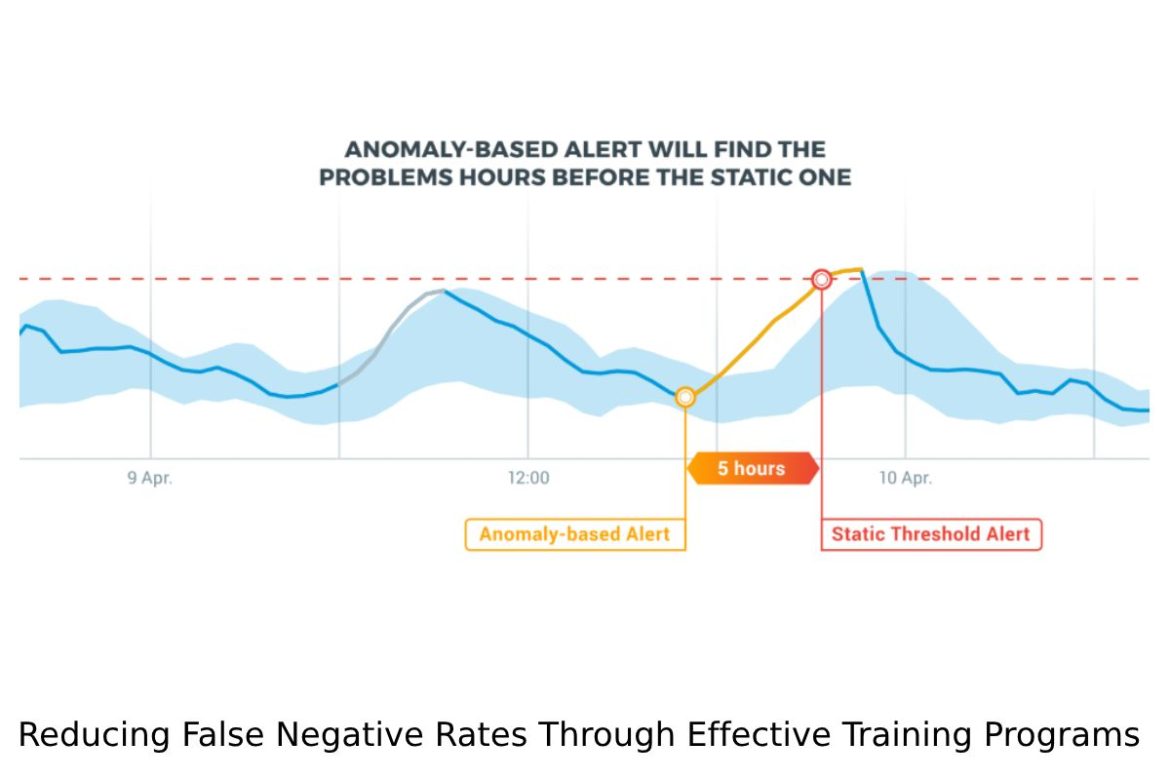Having top-quality software is essential. Artificial Intelligence (AI) has become a big deal in many industries, including software testing. Specifically, AI tools for testing are made to make testing easier. They help reduce mistakes made by people, and help speed up the software release cycle. These tools have today become crucial for ensuring software is strong and bug-free.
AI-based testing uses machine learning, natural language processing, and predictive analytics to copy how humans act, study huge amounts of data, and provide helpful insights. Unlike older ways of testing, AI tools can change and improve, finding small details that might be missed. This ability ensures software works well, meets users’ expectations, and performs as needed.
Around the world, the need for AI tests is growing fast as companies aim to offer great experiences for users while keeping things efficient. These tools make testing more accurate, reduce repeating tasks, and fit smoothly with agile and DevOps methods. In this post, we’ll look into different sides of AI testing tools, their types, what they offer, and why they are important for checking software quality.
Table of Contents
The Evolution of Software Testing
Software testing has always been a vital part of creating applications making sure they work correctly. In the past, testing was done mostly by people who carefully checked the code and how things worked. This manual method was good, but it took a lot of time and could have mistakes, especially for complex systems.
Automated testing changed things for the better. Testers could write scripts to automate repetitive tasks, using tools like Selenium and JUnit that became popular. But even with this progress, there were challenges. Automated testing needed constant updating of scripts, and any software change often meant big revisions to the scripts.
Then came AI testing tools, a game-changer for software testing. These tools use AI to boost automated testing by learning from past tests, spotting patterns, and predicting potential problems. Unlike traditional tools, AI-driven solutions adjust to changes in real time, reducing the need for script updates.
For example, AI-based visual testing tools can analyze UI changes and adapt test cases without human input. This advancement has transformed software testing from fixed, rule-based methods to smart, flexible systems. As software development advances, AI testing tools lead to more efficient, dependable, and scalable quality assurance processes.
Understanding AI Testing Tools
Testing using AI tools is not an up-gradation of traditional automated testing but rather a new concept. They use trendy AI technologies like machine learning, neural networks, and data analytics to make testing more intelligent, faster, and reliable.
One cool thing about AI testing tools is that they can look at loads of data fast. This helps them find weird stuff, predict bugs, and suggest fixes that regular tools might not catch. They’re also great at regression testing, where they can quickly see how changes in the code affect existing features.
Another awesome thing about AI tools is that they can adapt. Regular automated tools need set scripts, which can break if the app changes. But AI tools learn on their own and adjust test cases automatically. This saves time and makes sure the tests are super accurate.
Moreover, AI testing tools are smart in predicting things. Based on past info, they can tell if a system might break or slow down. They even have features like natural language processing (NLP) that make it easier for testers to talk to the tools, making testing simpler for everyone, even those who aren’t tech-savvy.
With all these cool features, AI testing tools are raising the bar for software quality assurance, ensuring that software gets out faster with fewer issues.
Types of AI Testing Tools and Their Applications
AI testing tools are available in different forms, each tailored to meet specific testing requirements. The main types along with their applications are discussed below:
- AI-Powered Functional Testing Tools: Such tools check the functional needs of software. They leverage AI for test case discovery, automated script generation, and change adaptation in code. For example, LambdaTest.
- AI Regression Testing Tools: These tools ensure the new code changes do not break existing functionality. AI analyzes the previous test runs to know which areas need retesting. Example: Applitools.
- Visual Testing Tools: AI visual testing tools check the graphical interface of the applications by comparing screenshots and can detect even subtle UI changes.
- Performance Testing Tools: AI tools analyze system performance in different conditions and predict probable bottlenecks. Example: Dynatrace.
- API Testing Tools: They test the API for functionality, reliability, and security. AI enhances these by automatically generating and running test cases. Example: Postman with AI capabilities.
- Security Testing Tools: AI-driven tools identify probable vulnerabilities and simulate cyberattacks to ensure the robustness of the software. Example: Synopsys Seeker.
These tools provide wide-ranging testing needs and ensure overall software quality, regardless of the application type or complexity.
Benefits of AI Testing Tools in Modern Development
AI testing tools provide several advantages, ensuring accuracy by avoiding human mistakes and delivering reliable, replicable results even with complex applications. They shorten testing cycles by automating tasks like regression testing, enabling quicker delivery of high-quality software to support agile and DevOps workflows.
The automation also enhances cost efficiency by reducing manual labor, identifying defects early, and decreasing overall testing costs while improving software quality and speeding up releases. With improved test coverage, AI tools analyze large datasets to identify edge cases and critical areas, minimizing undetected defects. Their self-learning capabilities help applications adapt to changes through automatic script updates, saving time and resources for development teams. Additionally, real-time insights from continuous testing provide instant feedback on code changes, allowing teams to address issues promptly and maintain an efficient development pipeline.
Challenges in Adopting AI Testing Tools
AI testing tools come with certain challenges that teams and organizations must address to ensure effective implementation and utilization:
- Steep Learning Curve: Introducing AI testing tools requires specialized training on the features, functionality, and potential of these tools by teams, which delays adoption and increases the cost of upskilling.
- Complexities in Integration: Integrating AI testing tools into existing software development and testing ecosystems can be complex and require custom configurations and workflow adjustments for seamless operation.
- High Initial Investment: The acquisition of AI testing tools and their deployment require highly significant upfront investments, an aspect that is a barrier in small and medium-sized enterprises with strictly limited budgets.
- Dependency on high-quality, unbiased data: Effective AI testing tools depend on providing results based on high-quality, unbiased data. Ineffectiveness or poor analysis emerges from inconsistent or insufficient data.
- Resistance to Change: Teams may be hesitant to replace traditional methods with AI-driven tools due to concerns about reliability, control, or the perceived risk of automation errors.
- Rapid Technological Advancements: AI tools evolve very fast, so there is a constant need to learn and update to keep up with new features, which may overwhelm teams and increase long-term maintenance efforts.
Top AI Testing Tools in 2024
Transforming software quality assurance by having accurate, efficient, and scalable outcomes. Here is the pick of the best tools for transforming testing workflows with innovative features of AI capabilities as follows:
LambdaTest
LambdaTest is a cloud-based testing platform that utilizes AI to simplify cross-browser testing. It supports over 3,000 browser and OS combinations to test for smooth compatibility. The tool applies AI for smart bug detection, offering actionable insights that reduce debugging time.
LambdaTest also integrates well with popular CI/CD tools, making it an efficient option for agile teams. Real-time and automation testing can be used to run parallel tests on various environments. Its AI-powered analytics identify the pattern in test results to help teams optimize their testing strategies and improve software quality. LambdaTest is critical for modern software development, as it is highly scalable and reliable.
Applitools
Applitools is popular for its AI-based visual testing capabilities. Its core technology is Visual AI, which detects changes in UI and ensures that the application design is pixel-perfect. It supports most frameworks and tools and allows seamless inclusion in existing workflows. Applitools also supports cross-browser and cross-device testing, thereby improving test coverage.
Automatic analysis of visual elements eliminates the need for human verification, saving time and increasing accuracy. Its comprehensive dashboards provide insight into visual regressions; thus, a quick resolution is possible. Industry leaders have trusted the company to maintain consistent application interfaces across platforms for smooth user experiences.
Mabl
Mabl simplifies functional and end-to-end testing with AI-driven automation. Its intuitive interface allows teams to create tests without the need for coding expertise, and it encourages collaboration. Machine learning is used to learn UI changes, making robust test cases. Mabl integrates with CI/CD pipelines, providing continuous testing capabilities.
Detailed reports and performance insights help teams identify and fix issues quickly. In addition, Mabl offers data-driven testing, analyzing user behavior and prioritizing critical test scenarios. Thus, it ensures reliable software delivery that aligns with agile methodologies.
Dynatrace
Dynatrace is a comprehensive AI-powered performance testing solution focused on application monitoring and optimization. It predicts performance bottlenecks using its AI engine, Davis, offering actionable insights. Dynatrace offers end-to-end visibility when tracing user journeys alongside backend processes.
It can be easily implemented in cloud-native environments for scalability and reliability. Its real-time analytics helps teams identify anomalies and optimize resource usage, increasing application efficiency. Dynatrace is integrated into the DevOps workflow of continuous performance testing. Dynatrace offers strong robustness in maintaining high-performance standards with excellent delivery for end-users.
Postman
Postman is one of the leading API testing tools and is enhanced with AI to make testing smarter. Design, test, and monitor APIs with ease. AI-powered functionality includes automated test generation and error prediction, which adds efficiency. Postman’s collaborative environment allows a team to communicate and be transparent.
It will provide detailed reports and performance insight to ensure reliable API functions. Integration with CI/CD pipelines ensures consistent testing in the development cycle. With its ease-of-use interface and powerful AI features, Postman simplifies the process of API testing for developers and QA teams as it is indispensable.
Conclusion
More than just a trend, AI testing tools represent the future of software quality assurance. These tools can free up teams to focus on innovation and help them deliver applications that stand out as being of high quality. Implementing such tools will ensure an efficiency boost and a competitive edge in these rapidly changing trends. Apopting AI-driven testing is a choice and a need for organizations looking to do well in the digital age.











